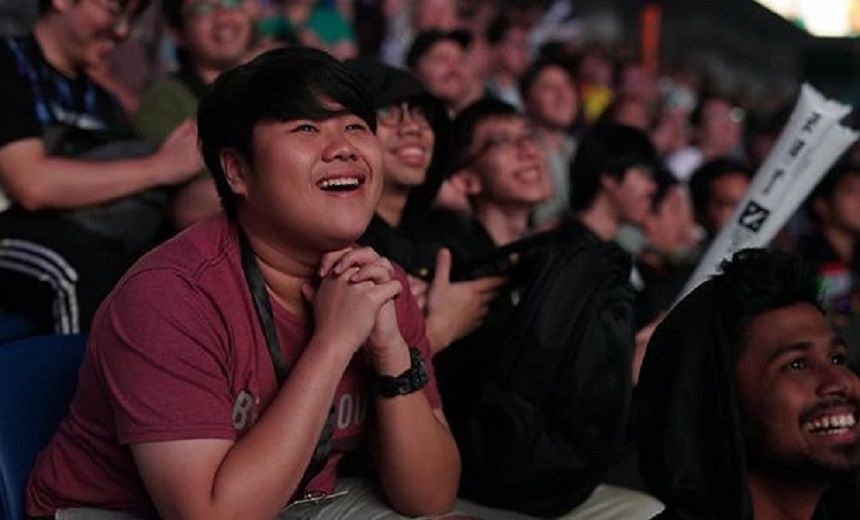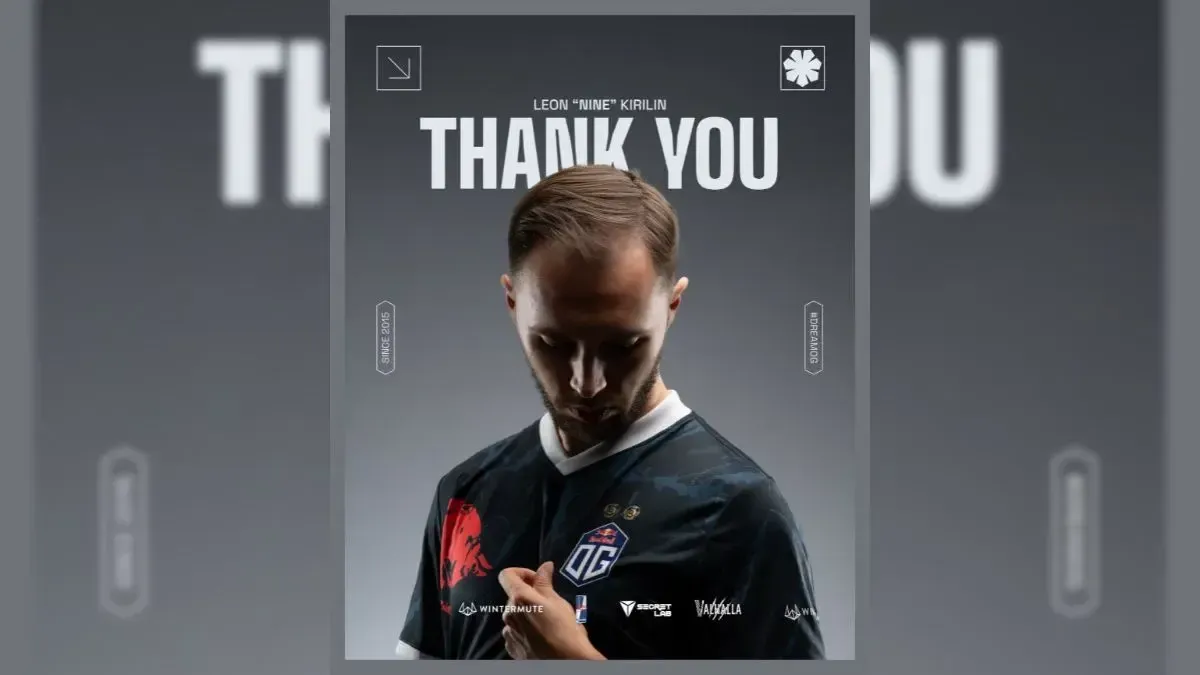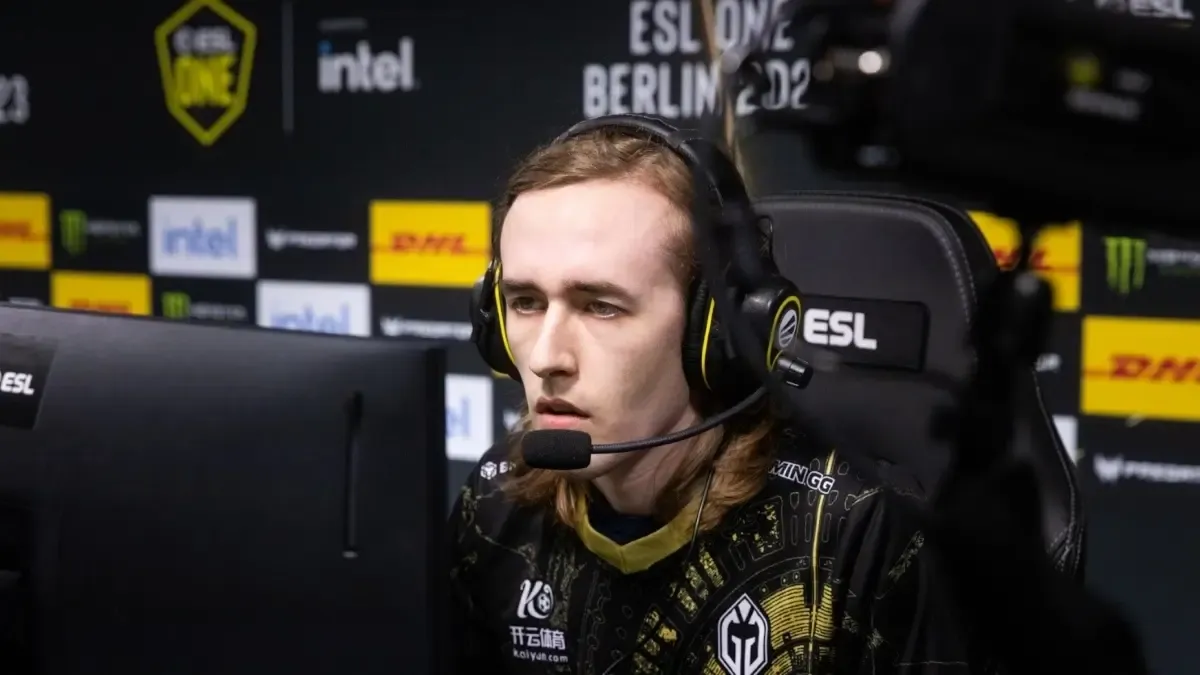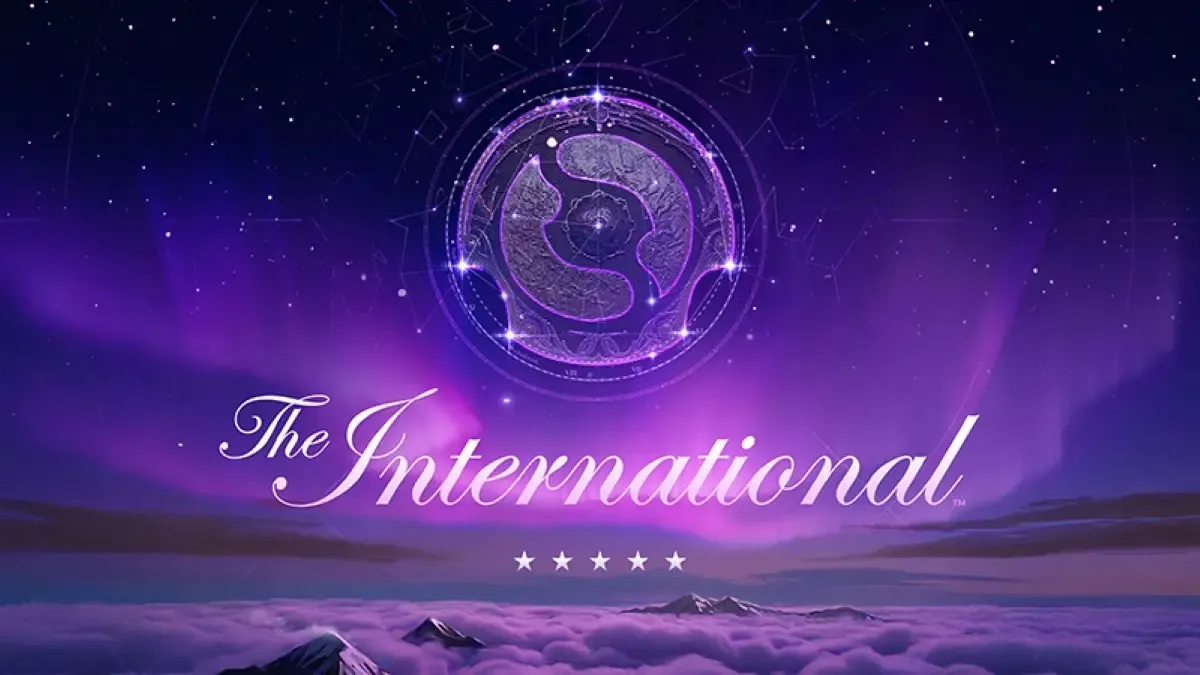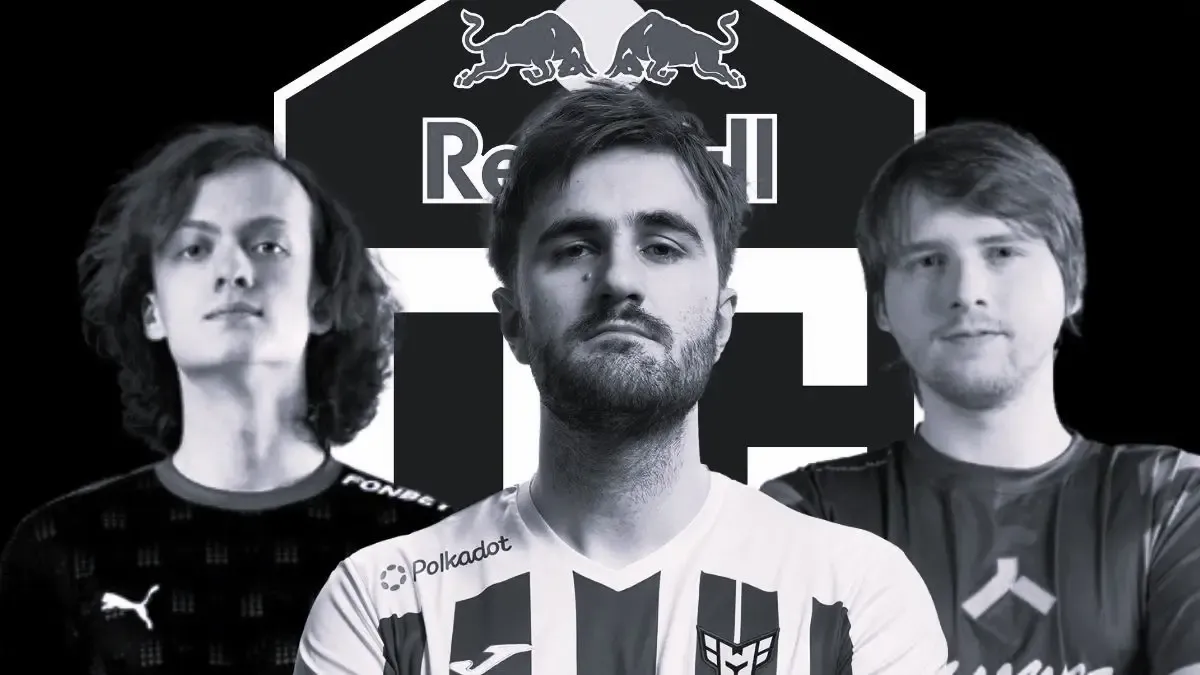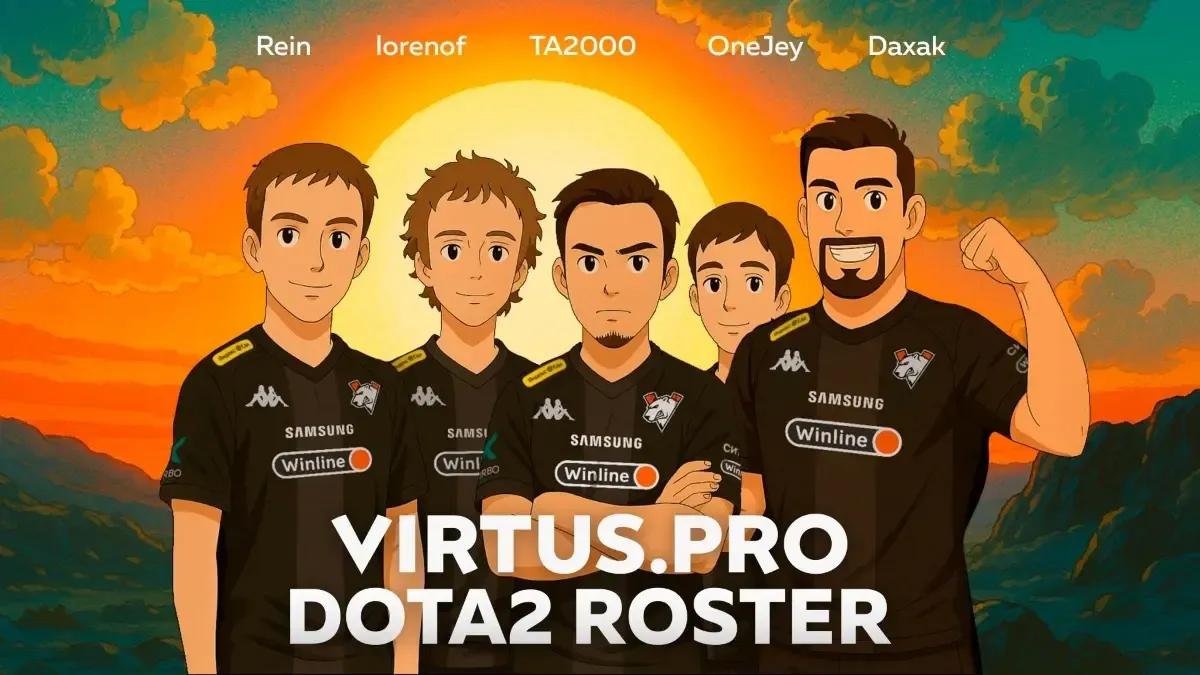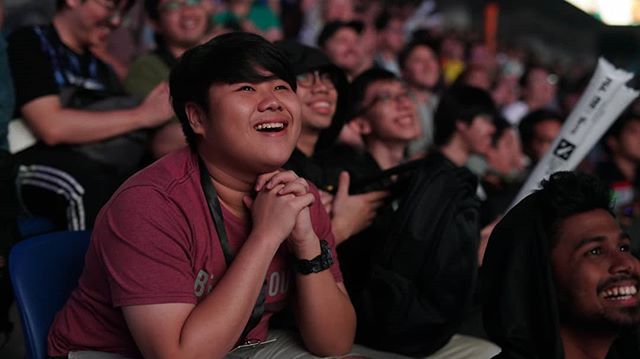
Image courtesy of PGL
Ever since Valve's official designation of the four major regions in competitive Dota: Europe, America, China, and Southeast Asia, the latter has stood out as one of a kind. The region covers a vast expanse of many countries and diverse ethnic and cultural backgrounds and is known as one of, if not, the most passionate in the scene.
Since then, the regions have grown from four to six, and so has the scene. It's hard to argue against the fact that the overall skill level, representation, and success of both players and teams from the region have grown tremendously. Let's take a look at some of the outstanding points that makes us proud to be a Dota 2 fan in the SEA community.
The Majors
With the inception of the Dota Major Championships way back in 2015, Southeast Asian countries and teams had a new way to enter the spotlight. Since then, only two Majors have been held in a SEA country, one only recently, and both have been organized by PGL. But they have left a mark that is hard to erase. The atmosphere, the production, the games, and the crowd were all something that are impossible to replicate because they were so unique and incredible in their own way.
The Manila Major
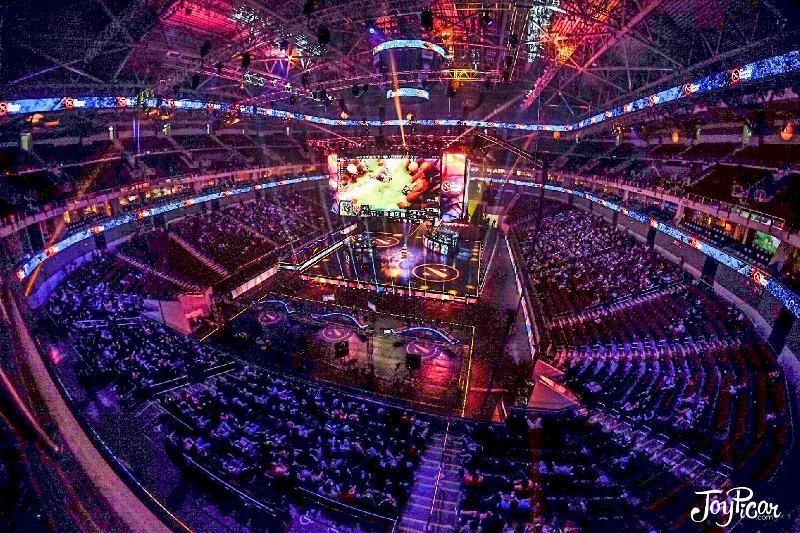
Image courtesy of PGL
As the third official Valve Major ever, the Manila Major had big shoes to fill in (well, not that big... ahem Shanghai ahem). However, from that point onward, the bar of what a Major is expected to be was raised significantly. It led other event organizers to push the boundaries in order to make their mark in what would become a very competitive pro scene.
The astounding Mall of Asia Arena in Manila, Philippines was home to some truly unique moments, most of which were fueled by the deafening cheers of the crowd. The tournament truly was, and still should be looked up to, as a milestone in the esports universe.
The Kuala Lumpur Major
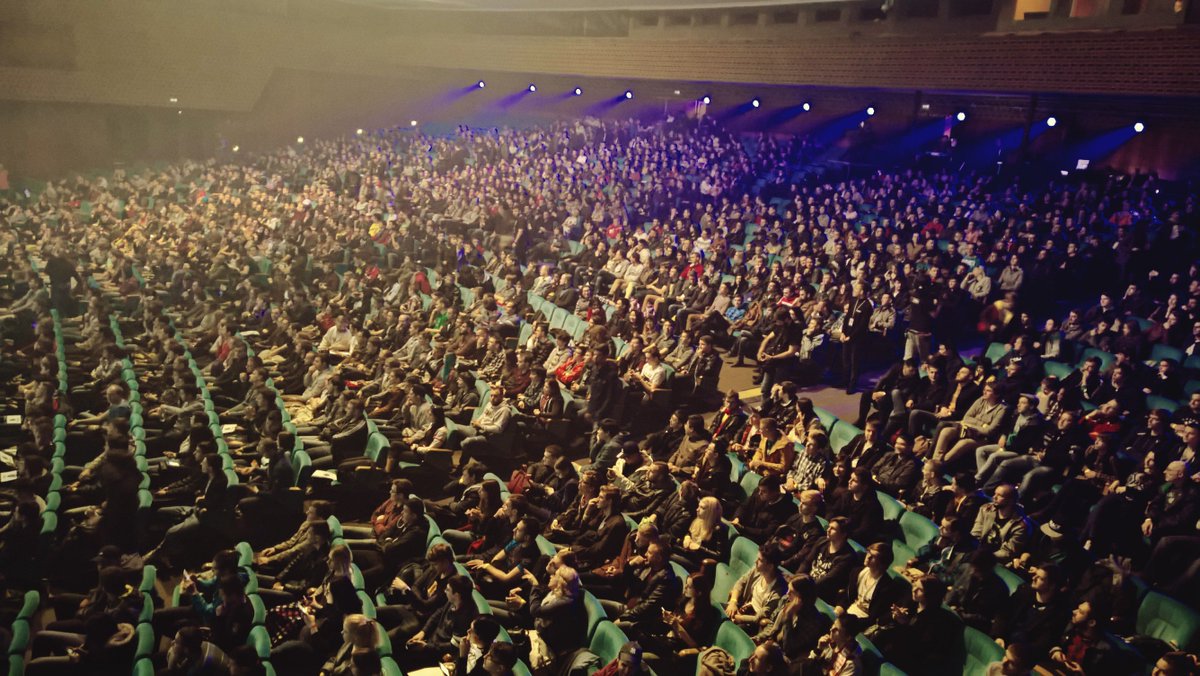
Image courtesy of PGL
Its only been a day since the Kuala Lumpur Major ended, and yet we can still feel the tension and excitement of the Dota Pro Circuit that was kicked off in Malaysia. Unfortunately, the tournament was marred by the recycled, refurbished and squeezed-dry 7.19 patch. However, a new meta kept evolving through the tournament, one that had not been realized at The International 8 or ESL Hamburg Major recently.
The passion, roar, and frenzy from the Southeast Asian audience were just as loud and overwhelming as ever. According to several sources, the Axiata Arena in Kuala Lumpur, Malaysia was filled over 85% of its capacity, and for good reason. Events like this build confidence in Valve to host more and more Majors in SEA countries.
The Teams
For the longest time, there have been three teams that have led the charge to represent the best of Southeast Asia. Often finding themselves on the main stage of The International, they consistently challenge the top teams in the world.
Mineski
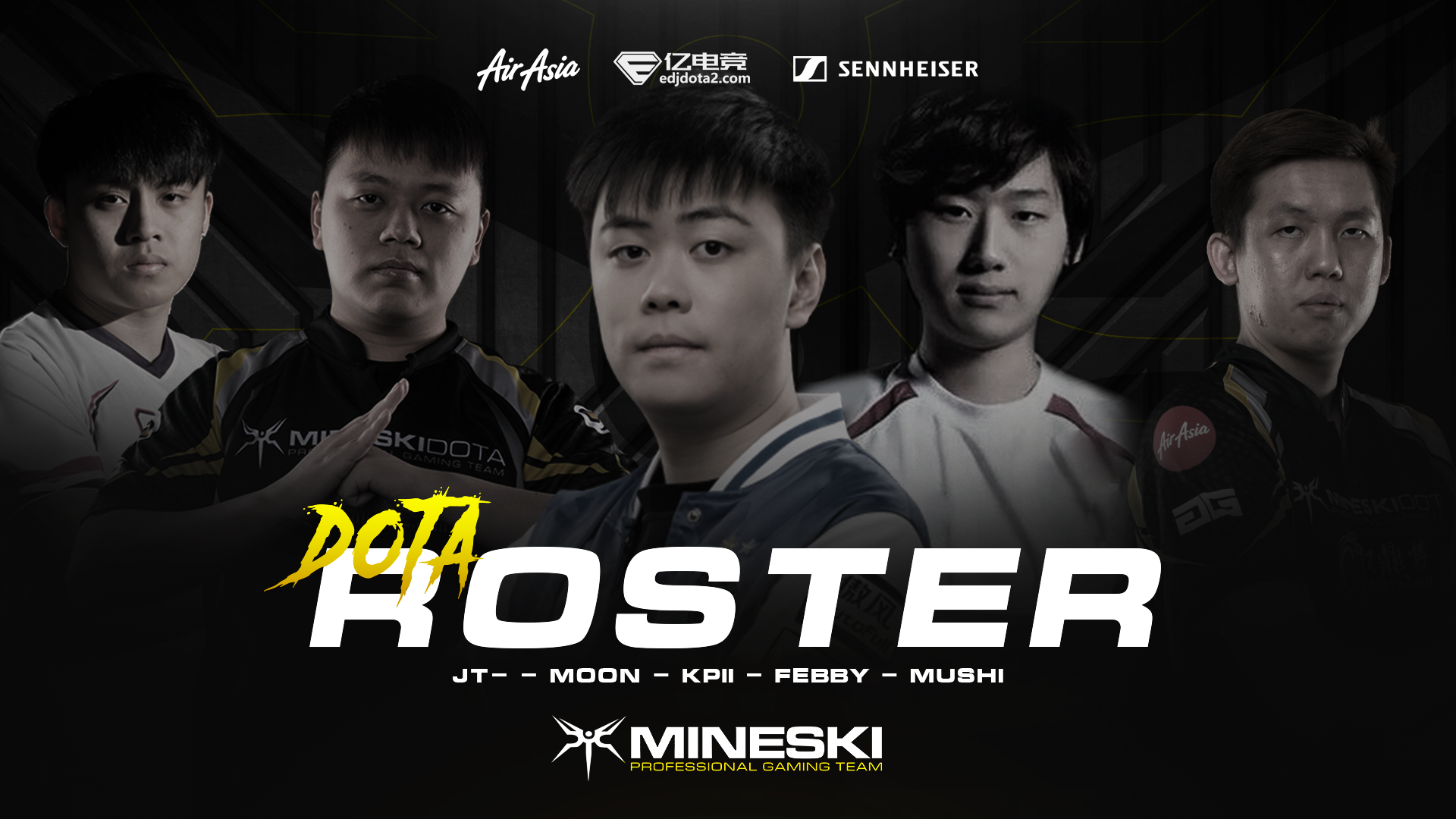
Image courtesy of Mineski
At the Dota 2 Asia Championships 2018 earlier this year, Mineski made history as the first SEA team to win a Major. Although the roster has almost completely changed since then, with the release of three players after TI8 and then departure of Chai "Mushi" Yee Fung only recently, the new lineup shows great potential.
And while it looks as though it may take a little time for the players to gel together well, the talent and track record of the individuals is incredible on paper. Hopefully, we will see them shine in the upcoming events of the Dota Pro Circuit.
Fnatic
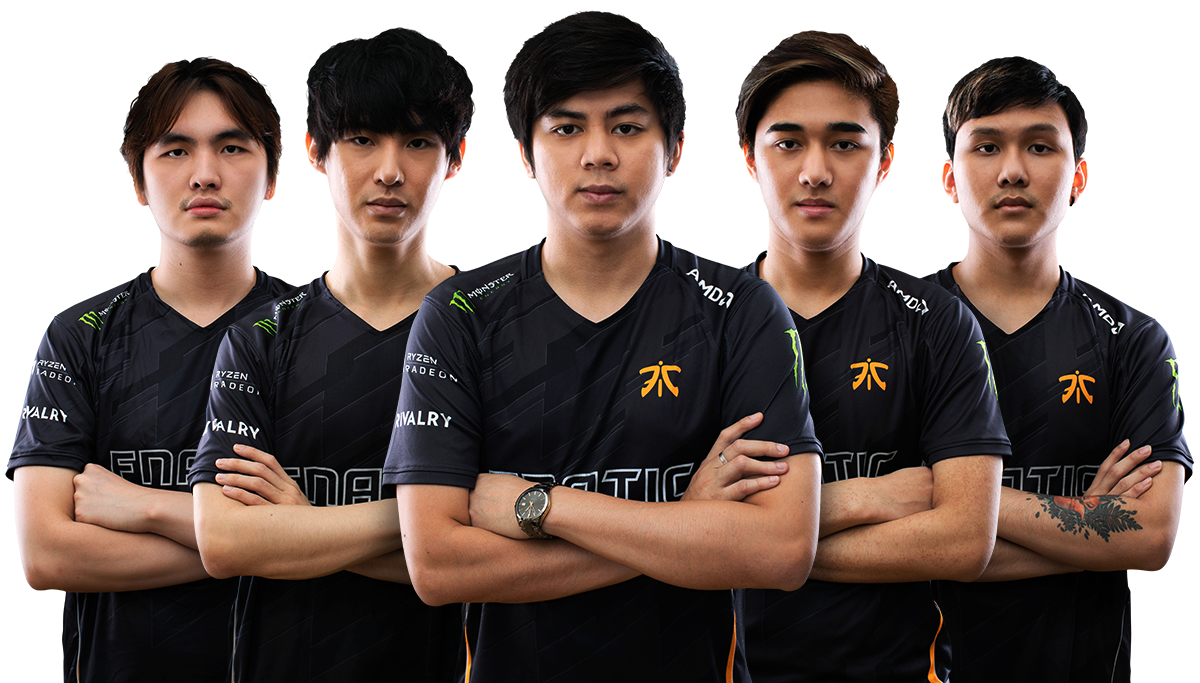
Image courtesy of Fnatic
Fnatic was one of the strongest teams, not just in the SEA region, but globally as well in the last season of the DPC. With three players outside of Southeast Asia bringing new strategies and ideas to the board, the potential was immense. And although they dropped out of The International 2018 rather early, it proved that players from different countries and backgrounds can still come together and speak the language of Dota fluently.
Acquiring two valuable players from Mineski post-TI, the lineup looks just as strong, if not more. And with the 10k MMR prodigy Abed "Abed" Azel L. Yusop at the forefront, fans will always be cheering them on.
TNC
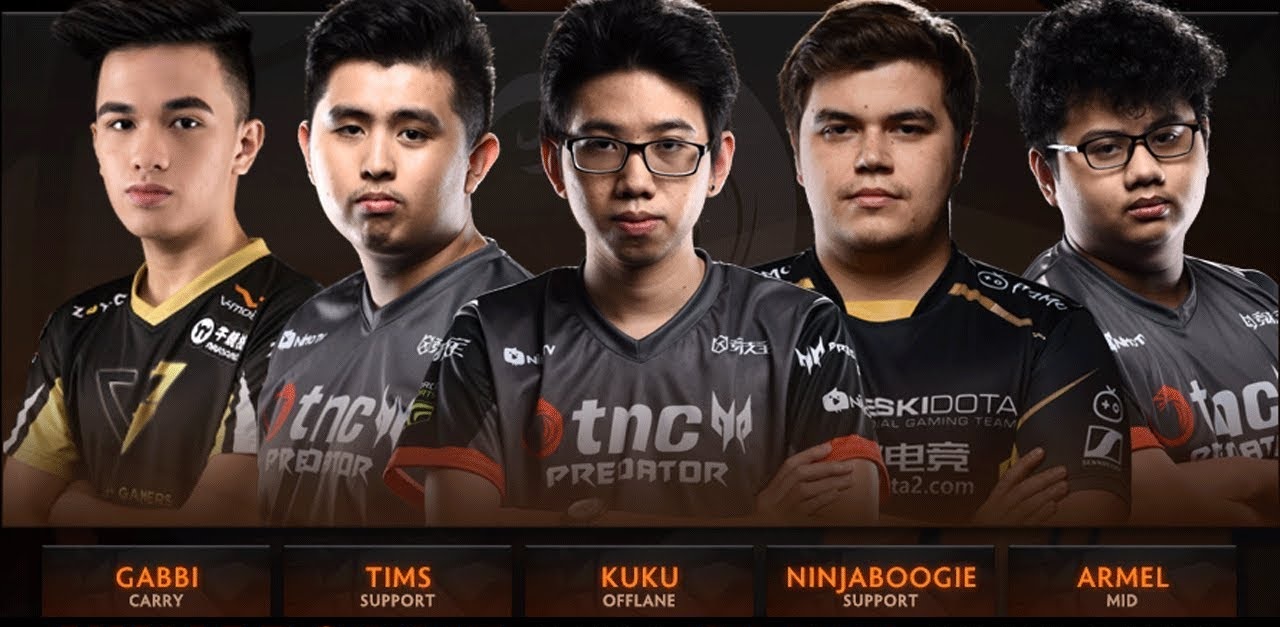
Image courtesy of TNC
Fans will never forget the TNC squad that eliminated OG, perhaps the top contender, in the lower bracket of The International 2016. And although the lineup has changed significantly since then, Carlo "Kuku" Palad has remained loyal, being ever so versatile, changing to a position that is required of his team.
As a fully Filipino team, they have dedicated fans backing them in every event they play at, whether a Major or a Minor. And it seems as though they haven't slowed down one bit, achieving an unprecedented top 6 finish at The Kuala Lumpur Major, and gaining a good chunk of DPC points.
The Pros
Sometimes, its good to see what positives a specific region brings to the community, and the SEA region has no shortage of it.
The Passion
|
If there's one thing you cannot call out the Southeast Asians for not having, its passion for the game. The massive stadiums filled with roaring fans at the aforementioned Majors is a testament to how much love they have for the game. The huge fanbase in SEA alone rivals that of any other region. Not to mention, the sometimes horrible and sometimes amusing conditions under which the players play the game. Several countries in the SEA region are known for having massive thunderstorms, terrible internet connections, and social pressures. But this doesn't stop them. | 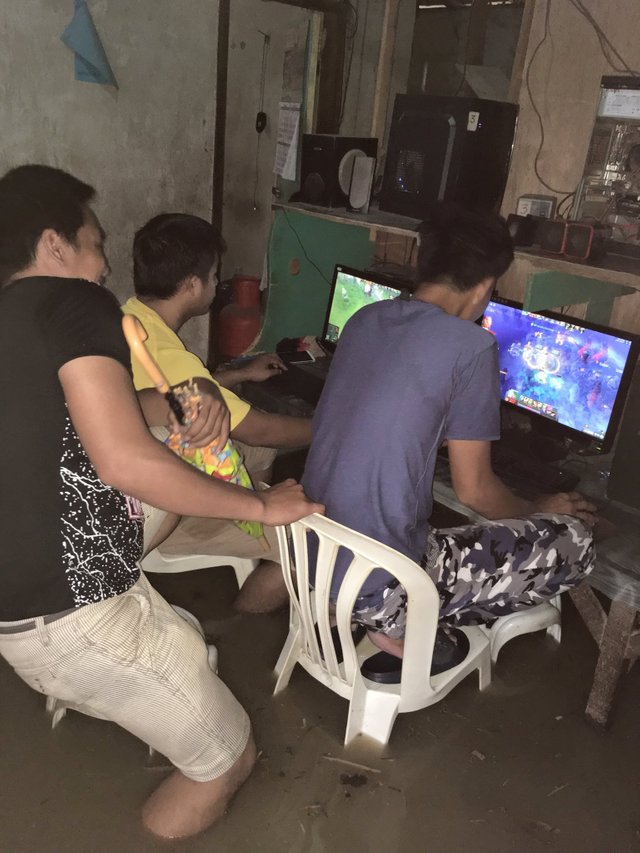 | 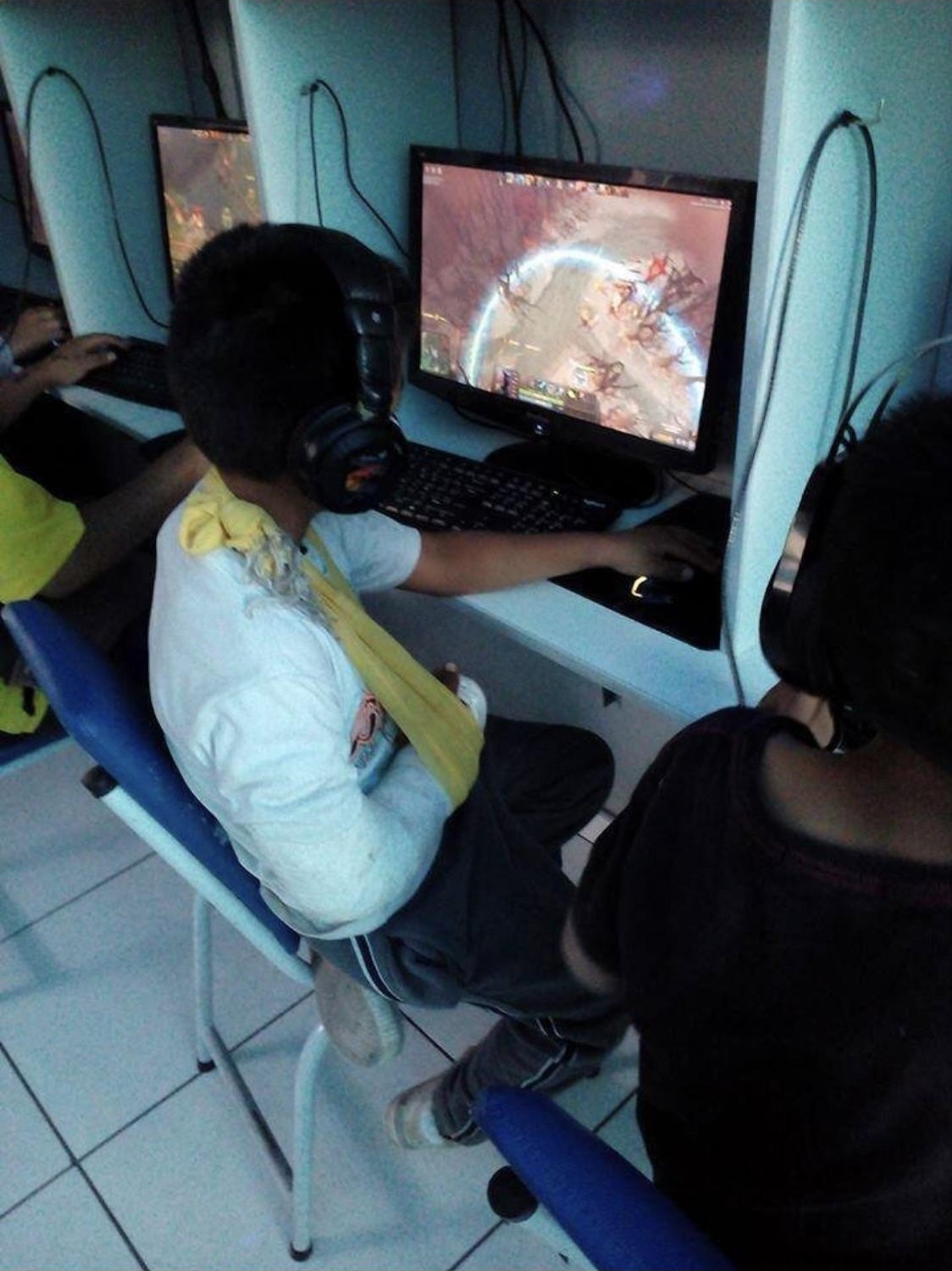 |
The Potential
Simply the number of people in the region who are passionate about Dota is proof enough for how great the potential is for world-class players and teams to emerge and succeed out of nowhere. Two countries have also proven they can host a Major, and be good at it, making it an attractive option for Valve to host more events there.
The Memes
|
What is, perhaps, the most memorable meme in recent memory to emerge from SEA is the chat wheel line derived from Marlon 'Lon' Marcelo and Aldrin 'Dunoo' Pangan's cast of a game between Team Secret and Fnatic. Granted in the 'Epic Caster Pack' to battle pass owners with a level of 1205 or above during The International 2018, it forever made a mark on the community that sprouted endless memes and comedic content that is still etched in our minds. |  |
The Cons
As always, when there are positives, there are also negatives. And there are a few surrounding the SEA region as well. However, they certainly can be eliminated or at least minimized.
Lack of support
| Current active teams | Current inactive or disbanded teams |
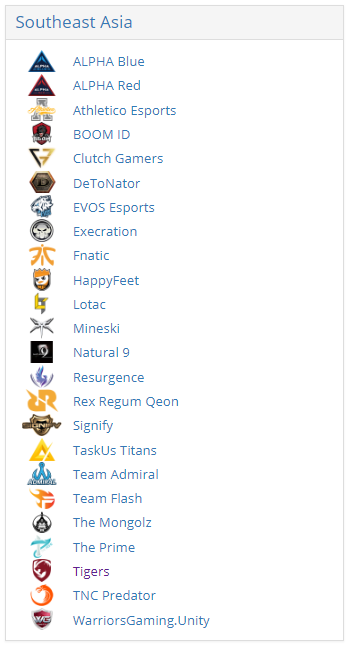 |  |
The disparity between the number of active and inactive teams above is a major indicator of the rate at which teams form and disband. The number of inactive SEA teams is greater than any one of the six other regions that are actively engaged in the professional Dota 2 scene. Professional players and teams require a significant amount of funding and support to fully utilize their capabilities and maximize their potential. Sadly, there are many developing countries in Southeast Asia that lack that compared to the developed countries in North America and Europe. This can also fuel the desire for players to make a quick buck through match-fixing due to the unstable nature of their work and lack of salaries.
Support isn't just financial either. Recognizing esports as a legitimate field of choice for youngsters and to encourage them to take that path as their career choice plays an immeasurable role in the outcome. Parents play the biggest role in this, and it is their support that can make or break a child's dreams.
Longstanding server issues
The conditions of the SEA server, specifically regarding packet loss, high ping, frequent disconnects and inability to queue at multiple times over the past year is no secret. Countless discussions have been made on online forums, complaints have been lodged, tweets have been tweeted, but the issues remain.
Even professional players have expressed problems while playing qualifiers for tournaments, which is a serious issue considering other regions do not experience them to such an extent. This problem also extends to the Australian server, where the situation is even worse. And a community this large should not have to wait so long for a fix to a core component of the game.
Visa issues and more
It was only recently at the Kuala Lumpur Major that a team faced visa issues that prevented them from playing with one of their teammates. Ninjas in Pyjamas had Borislavov "MinD_ContRoL" Ivanov from Team Liquid standing in for them in place of Neta '33' Shapira who was denied a visa due to his nationality as an Israeli. Earlier this year, Galaxy battles, which was set to be a Major in the 2017-18 Pro Circuit lost its Major status due to regulations by the Philippine government that required players and other talent entering the country to be subject to drug tests. While other regions have their visa issues, they are usually due to delayed processes and lack of time, a cause of insufficient preparation.
Further scandals are also fresh in the memory of the community, as GESC, a relatively new event organizer in the scene, was revealed to owe more than $750,000 in rewards and payments. This is not the first time such a case has come to light, and is certainly not exclusive to the SEA region. But it tarnishes the reputation and trust in people to hold events in Southeast Asia, which already has several strides to make to call itself an equal to the best in the scene.
The Future
Despite some downsides, I see nothing but great things in the future of the SEA community and Dota 2. There is still some ways to go and areas to improve in, but Dota has long passed the beta stage of an esport and has a stable player base, constantly evolving Pro Circuit, and bigger prize pools than ever.
I'd hope to see a Southeast Asian country host The International in the coming years, 2020 at the earliest. It would be a major milestone for the people of the region and propel its status to new heights.

